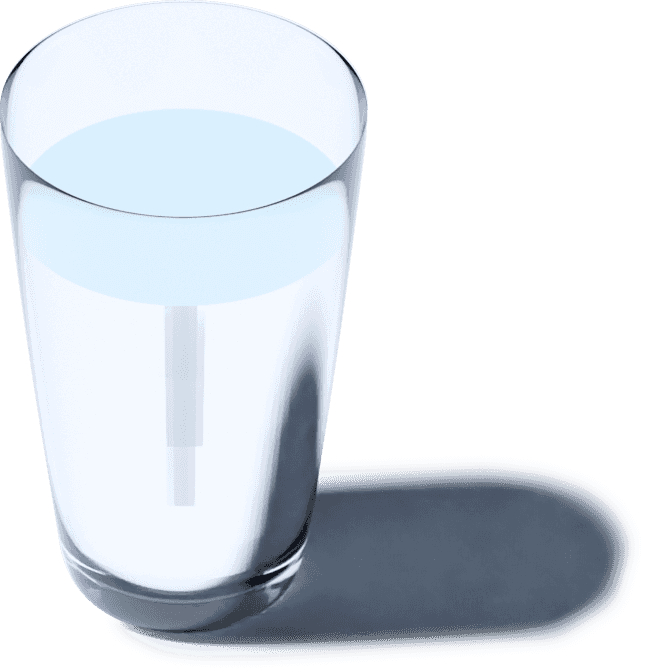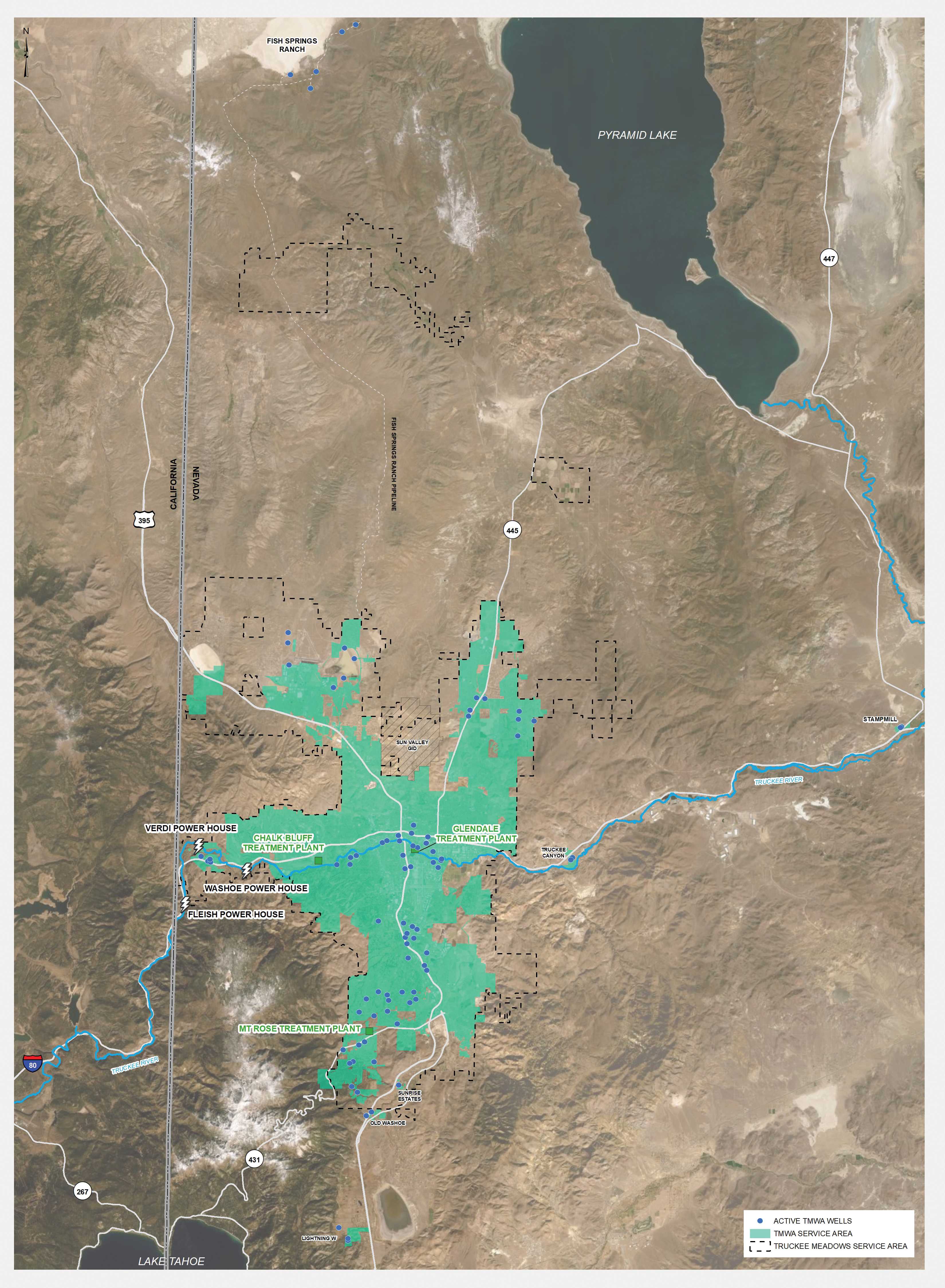The Water We Drink
Understanding Water Quality Standards
While many countries specify water quality standards for their own nations, not all standards come with a legal basis for enforcement. The United States does, and enforcement is based on regulations within the Environmental Protection Agency’s (EPA) Safe Drinking Water Act.
Under this Act, over 90 contaminants in drinking water are monitored with defined limits to protect human health. The Act also gives each state the opportunity to set and enforce their own drinking water standards, but only if the minimum standards are as stringent as the EPA’s.
In Nevada, the Act is enforced by the Nevada Department of Environmental Protection, which is responsible for licensing and overseeing public water systems in the state. The EPA mandates that all monitoring results be available to the public. Click here to read TMWA's Annual Water Quality Reports.
Do water quality rules ever change?
Yes, every five years the EPA uses the Unregulated Contaminant Monitoring Rule (UCMR) to determine if any new contaminants should be regulated under the Safe Water Drinking Act. In this way, new chemicals in the environment that have the potential to impact human health can be identified and science-based approaches defined for treatment.

Making Water Safe to Drink
All of the nation’s 170,000+ public drinking water systems must meet federal and state standards designed to protect consumer health. In meeting these Safe Drinking Water standards for its customers in Reno, Sparks, and Washoe County, Truckee Meadows Water Authority (TMWA) utilizes six conventional water treatment processes.
- Pre-settling - Raw water diverted from the Truckee River is slowed down, allowing large debris to settle out before entering TMWA's treatment plants.
- Coagulation - Chemicals are added to the water and evenly dispersed using a rapid mixer (much like a giant blender), to prepare suspended particles for removal through flocculation.
- Flocculation - A gentle mixing of the water that allows the dirt and particles to collide with each other to the point of clumping together or forming 'floc'.
- Sedimentation - The heavy floc settles to the bottom of sedimentation basins while the cleaner water is left on top and flows into the next stage.
- Filtration - Gravity forces the water through anthracite coal and a layer of sand, filtering out lighter particles that didn't settle out in sedimentation.
- Disinfection - Sodium hypochlorite is added, eliminating the threat of parasites, bacteria, viruses and germs.
With a team of scientists and experts who rigorously monitor this process, Truckee River water becomes high quality drinking water that gets distributed to TMWA's customers.
Each fall, customers and any residents of the Truckee Meadows can tour the Chalk Bluff Water Treatment Plant (TMWA's primary treatment facility) to become more familiar with the process.
How Water Gets Delivered
Water distribution systems are a multi-faceted series of pipes, pumps, valves, storage tanks, reservoirs, and meters that carry drinking water from centralized treatment plants or wells to consumer taps. A well-run distribution system ensures consistent delivery of high-quality water with sufficient water pressure for residential, businesses and industrial users.
As the largest drinking water company in the Truckee Meadows, Truckee Meadows Water Authority's (TMWA) distribution system is comprised of two surface water treatment plants, (with a third coming online in 2021), 81 groundwater production wells, more than 2,600 miles of water main pipelines, 93 booster pump stations, 140 pressure regulator stations, 92 storage tanks and two treated water reservoirs. The system is continually maintained, with routine replacements and upgrades to keep an uninterrupted supply of high-quality water flowing to its customers.
Each year, the system’s pipes and facilities are assessed for rehabilitation. Investment planned for infrastructure maintenance and replacement is a continual process. For example, since TMWA was formed in June 2001, approximately $600 million has been invested in making the system more efficient, diverse, and dependable. TMWA’s approach to investment in its drinking water system can be found here in this Capital Improvement Plan.

Regional Drinking Water Providers
The largest provider of drinking water in the Truckee Meadows is Truckee Meadows Water Authority (TMWA), which serves approximately 425,000 people in the region. It is a community-owned utility, governed by a Board of Directors comprised of elected representatives from Reno, Sparks and Washoe County.
Large or small, all community drinking water systems must comply with the Environmental Protection Agency’s Safe Water Drinking Act and testing is consistently monitored by Washoe County Health District and the State of Nevada. Water Quality Reports are required annually, in fulfillment of all federal, state and county requirements.
While there are many smaller drinking water companies in the metropolitan and outlying areas, Great Basin Water Company (GBWC) and Sun Valley General Improvement District (SVGID) provide water to the majority of the people not served by TMWA.

Participate and Learn
March 2025
Events postings will begin again in March 2025.